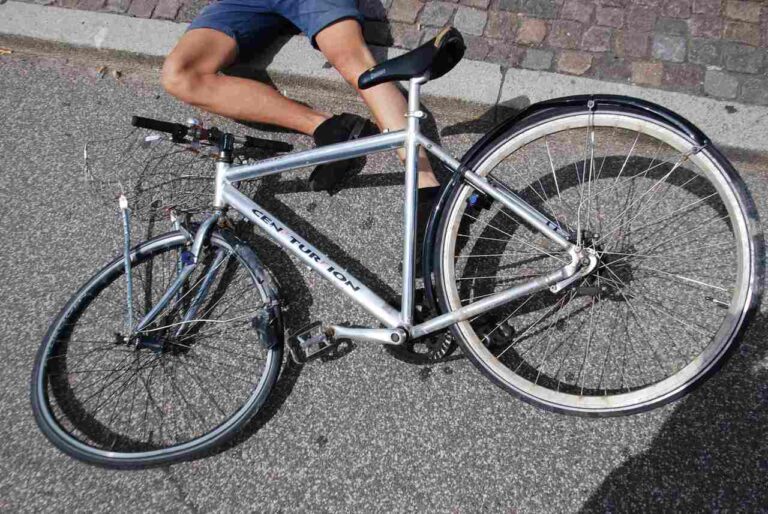Sharing the Road: Understanding Florida’s Bicycle Laws for Cyclists and Motorists

Florida’s scenic landscapes and pleasant weather make it an ideal state for cycling enthusiasts. Whether you’re an avid cyclist or a motorist sharing the road with bicycles, it’s essential to have a clear understanding of Florida’s bicycle laws. These laws serve to promote safety, prevent bicycle accidents, and ensure a harmonious coexistence between cyclists and motor vehicles. In this blog post, we will explore the rules and regulations that both cyclists and motorists need to know to navigate Florida’s roadways responsibly.
Cyclists’ Responsibilities
- Obey Traffic Laws: Cyclists are required to follow the same traffic laws as motorists. This includes stopping at red lights and stop signs, yielding the right of way, and signaling turns.
- Ride in the Same Direction as Traffic: Cyclists must ride in the same direction as the flow of traffic. Riding against traffic increases the risk of accidents and is against the law.
- Use Bicycle Lanes: Whenever available, cyclists should utilize designated bicycle lanes. If no bike lane is present, cyclists should ride as far to the right as possible, taking care to stay visible to motorists.
- Be Visible: Cyclists should enhance their visibility by using front and rear lights, wearing reflective clothing, and utilizing reflectors on their bikes.
- Yield to Pedestrians: Cyclists must yield to pedestrians in crosswalks and on sidewalks, providing them with ample space and respect.
Motorists’ Responsibilities
- Give Adequate Space: Motorists must allow at least three feet of clearance when passing a cyclist. If there is not enough room to safely pass, motorists should wait until it is safe to do so.
- Check Blind Spots: Motorists should always check their blind spots before changing lanes or making turns to ensure there are no cyclists in their path.
- Use Caution at Intersections: Intersections are high-risk areas for bicycle accidents. Motorists must exercise caution, yield the right of way when necessary, and be aware of cyclists when making turns.
- Do Not Drive in Bicycle Lanes: Motorists should refrain from driving in designated bicycle lanes unless necessary for a right turn or other legitimate reasons. Bicycle lanes are reserved for cyclists.
- Be Patient: It’s important for motorists to be patient and understanding when sharing the road with cyclists. Cyclists may be slower, and it’s crucial to give them sufficient time and space to maneuver safely.
Benefits of Following Bicycle Laws
Adhering to Florida’s bicycle laws benefits both cyclists and motorists in numerous ways:
- Enhanced Safety: Following traffic laws reduces the risk of accidents and promotes a safer environment for everyone on the road.
- Improved Traffic Flow: When all road users, including cyclists, abide by the same rules, traffic flow becomes more predictable and efficient.
- Respect and Consideration: By understanding and respecting each other’s rights and responsibilities, cyclists and motorists can foster a culture of mutual respect on the road.
- Legal Protection: Following bicycle laws protects both cyclists and motorists from legal consequences and potential liability in the event of an accident.
- Promoting Cycling Culture: A positive and safe environment for cyclists encourages more people to take up cycling, leading to improved public health and reduced traffic congestion.
Conclusion
Understanding and following Florida’s bicycle laws ensures cyclists and motorists alike can avoid accidents and subsequent lawsuits. By adhering to these laws, cyclists can ensure their own safety and promote a harmonious sharing of the road. Motorists can contribute to a safer environment by giving cyclists the space and respect they deserve. Together, we can create a culture of responsible road use, promoting the enjoyment of cycling while ensuring the well-being of all road users.

 Call Us Today - It's Free
Call Us Today - It's Free